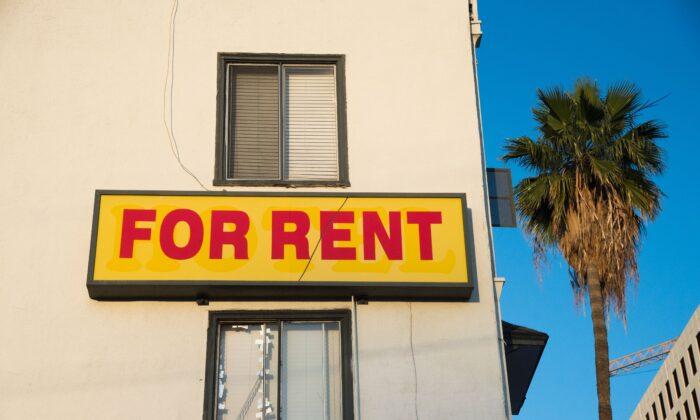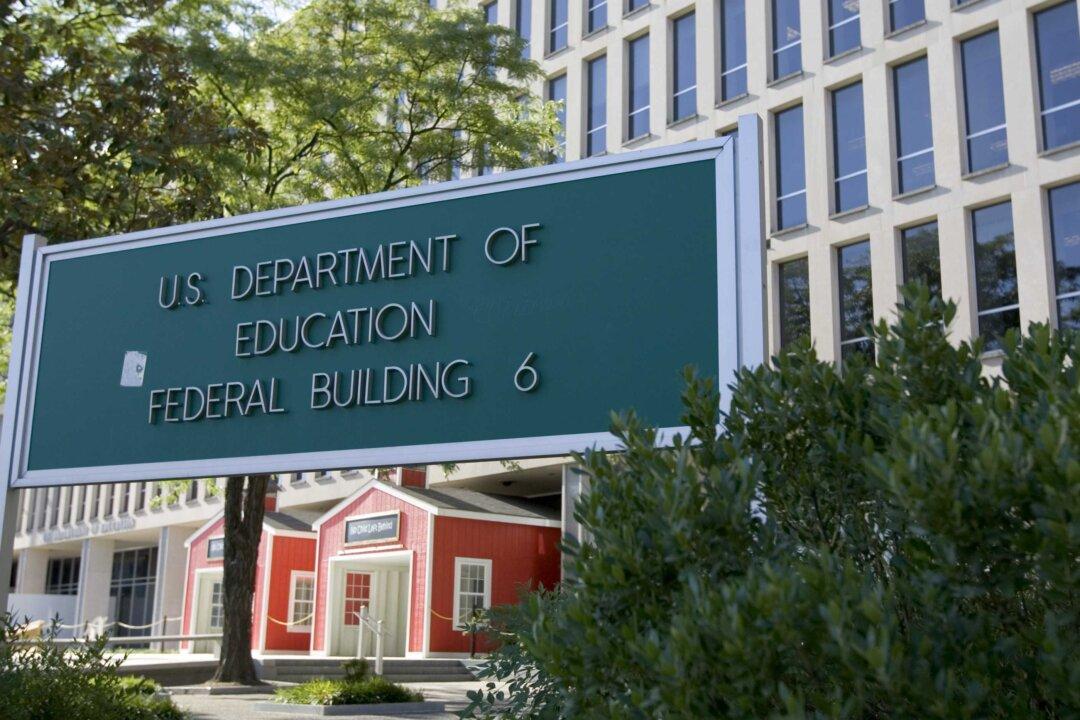Developers of low-income housing in California who received tax credits for their projects will now face a 10 percent annual cap on rent increases going forward, following approval this month of the rule by the state committee responsible for issuing the credits.
The rates for increases will be calculated either at 5 percent plus the increase in the cost of living, or 10 percent, whichever is less.
Exemptions to the caps are allowed if higher rent increases can be proven as necessary for projects to remain financially stable, according to the updated regulations.
According to CalMatters, the regulations could ensure renters of the state’s 350,000 privately owned affordable housing developments are free from large rent hikes, with some residents recently seeing such as high as 17 percent or more.
Affordable projects built with the help of tax credits are exempt from the state’s Tenant Protection Act, which limits rent increases. Instead, rents for such housing must be below a certain amount—set by the federal government—which varies by apartment size. Under those terms, there are no limits on how much rent can be raised each year, as long as it’s below the threshold.
Under the new rules, rents raised under the new cap, will continue to be required to be under that threshold.
Some experts say the rules still aren’t enough and that low-income households should instead only receive rent increases they can afford, determined by their income instead.
“It’s a step in the right direction, but it’s not low enough,” Leah Simon-Weisberg, an attorney for the Alliance of Californians for Community Empowerment, told CalMatters.
She said all affordable developments instead should be income based, such as those built by public entities.
“We need to think about, ‘What can the tenant pay?’” Ms. Simon-Weisberg said.
The new rule applies to all future projects approved since the rule was adopted earlier this month.







